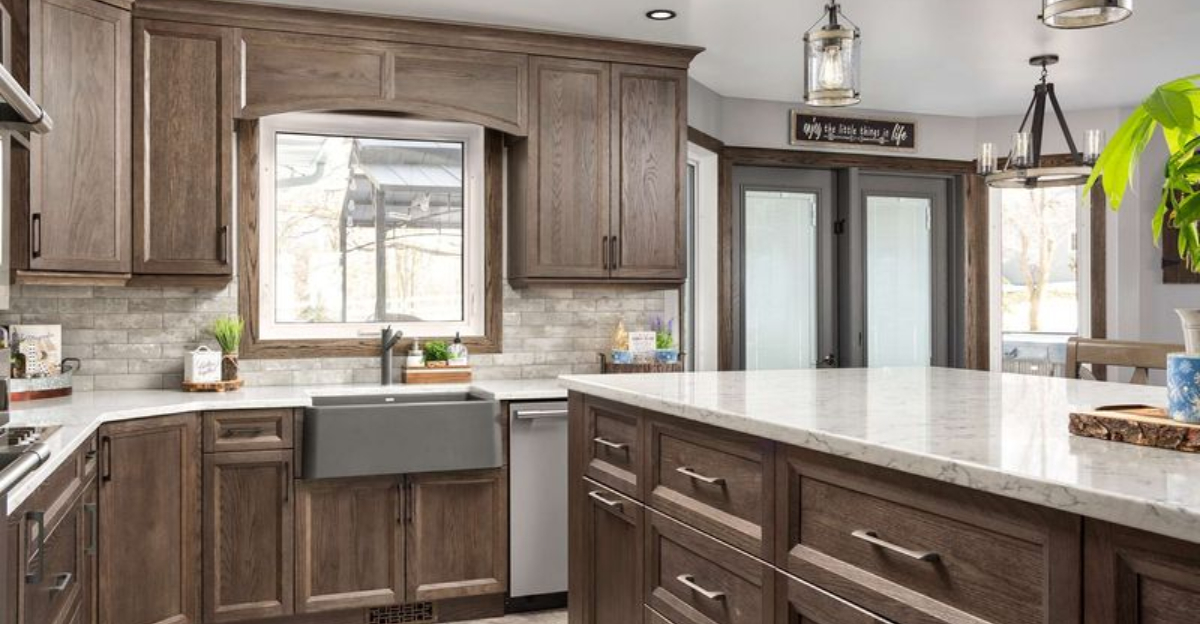Remodeling your kitchen can transform your home but often brings stress and unexpected challenges.
Whether you’re planning a complete overhaul or simple updates, knowing what to expect makes all the difference. These practical tips will help you navigate your kitchen renovation with less stress and more satisfaction.
1. Plan Your Budget with Wiggle Room
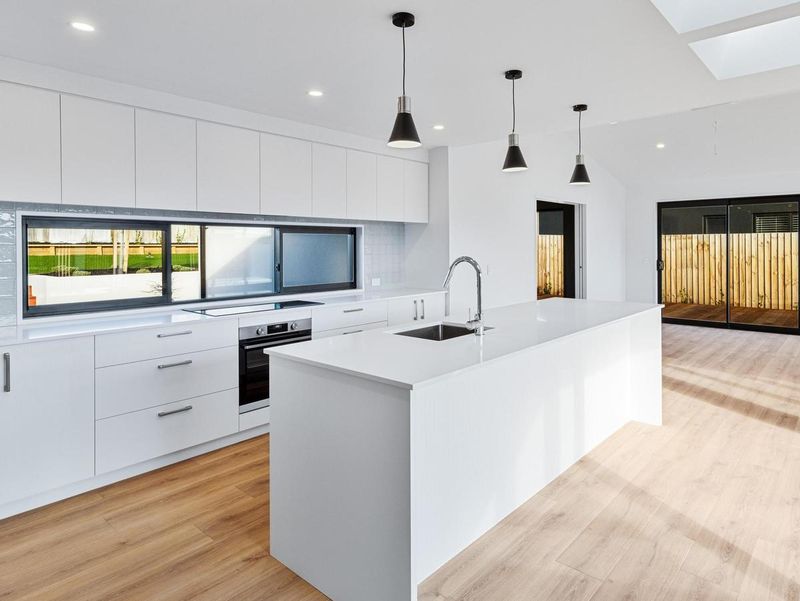
Always add an extra 20% to your initial budget calculations. Unexpected issues like water damage or electrical problems have a sneaky way of appearing once walls come down.
This financial cushion prevents panic when surprises arise and gives you freedom to upgrade if you fall in love with premium fixtures along the way.
2. Create a Temporary Kitchen

Set up a functional mini-kitchen elsewhere in your home before demolition begins. A microwave, electric kettle, and toaster oven arranged near a utility sink can work wonders.
Stock up on paper plates and plan simple meals that don’t require extensive prep space. Your sanity will thank you for not relying on takeout for months!
3. Measure Twice, Order Once
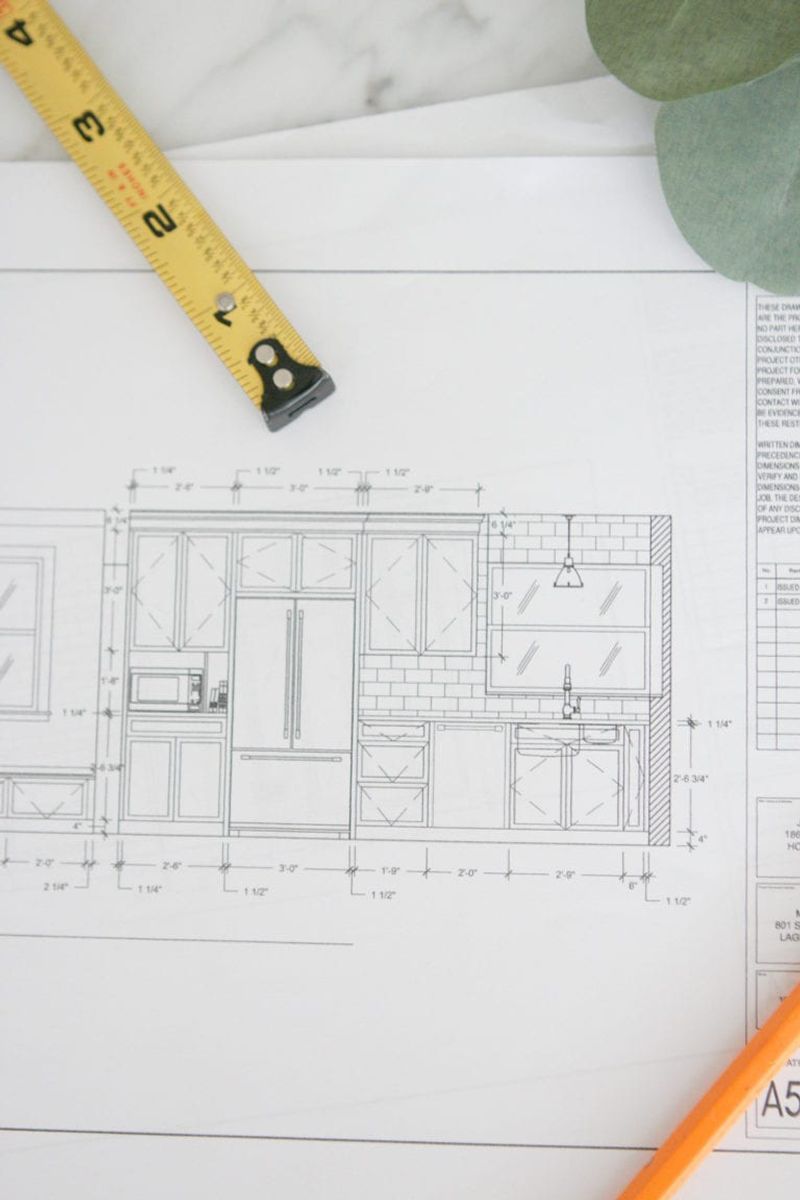
Nothing derails a renovation timeline like returning ill-fitting appliances or cabinets. Double-check all measurements before placing orders, considering clearance for doors and drawers.
Remember to account for the thickness of flooring and backsplashes when measuring spaces. Smart measuring now prevents costly mistakes and frustrating delays later.
4. Splurge on Quality Cabinets

If your budget forces choices, prioritize cabinet quality over almost everything else. Well-constructed cabinets with solid wood frames withstand daily abuse for decades.
Cheaper alternatives often show wear within years, not decades. Soft-close hinges and dovetail drawer construction might cost more initially but prevent frustration and replacement costs down the road.
5. Design Around Your Workflow

Consider how you actually use your kitchen before finalizing any layout. Where do you prep most often? How many cooks typically share the space?
Map your movements between refrigerator, sink, and stove (the classic work triangle). Placing frequently used items within easy reach makes cooking more enjoyable and efficient for years to come.
6. Invest in Professional Design Help
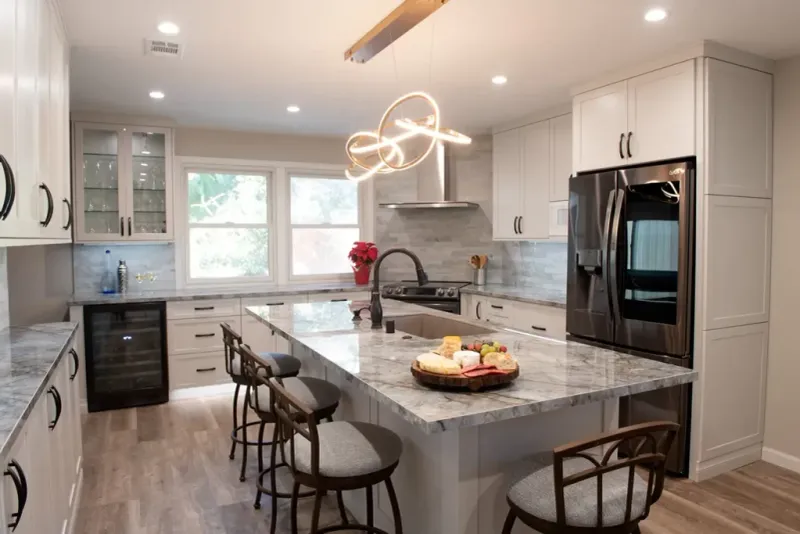
Even a few hours with a kitchen designer can prevent costly mistakes. Their expertise helps maximize storage, improve flow, and identify potential issues before construction begins.
Many home improvement stores offer affordable design services when you purchase cabinets through them. This small investment often pays for itself by avoiding expensive corrections later.
7. Choose Timeless Over Trendy
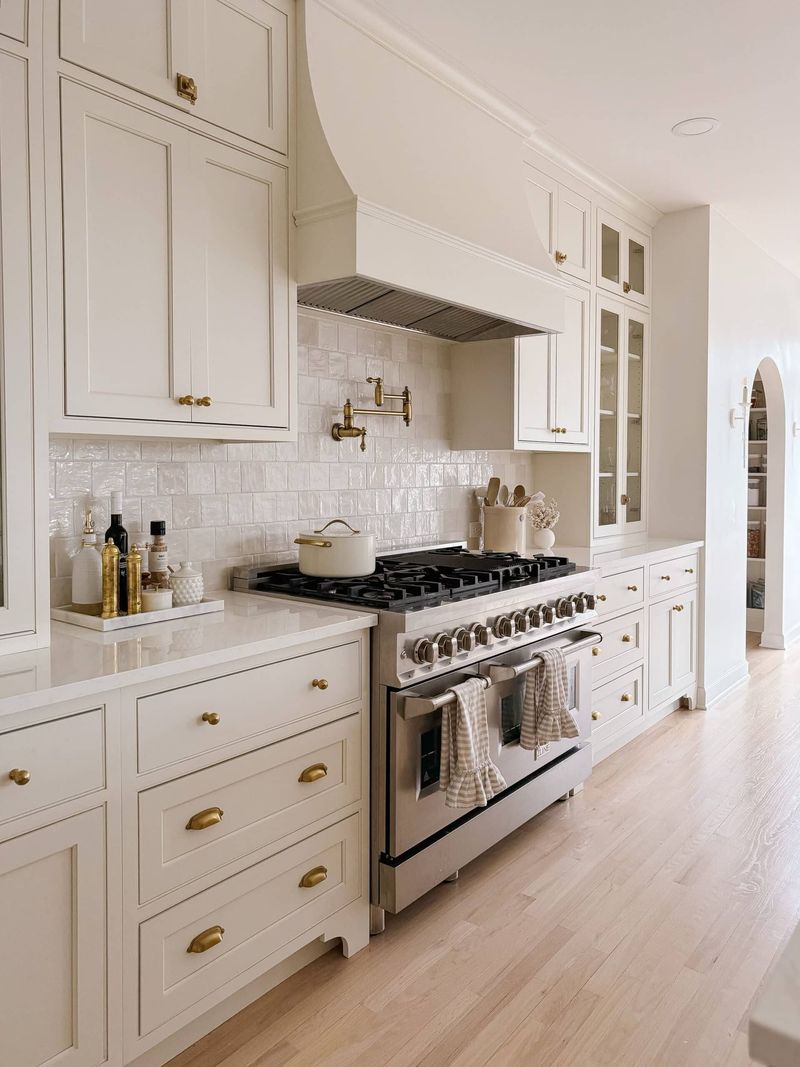
While emerald green cabinets might look stunning on Pinterest, consider how you’ll feel about bold choices in five years. Neutral cabinets, countertops, and backsplashes create a flexible foundation.
Express your personality through easily changeable elements like wall color, accessories, and lighting. This approach ensures your major investments won’t look dated before you’ve finished paying for them.
8. Prioritize Lighting Layers
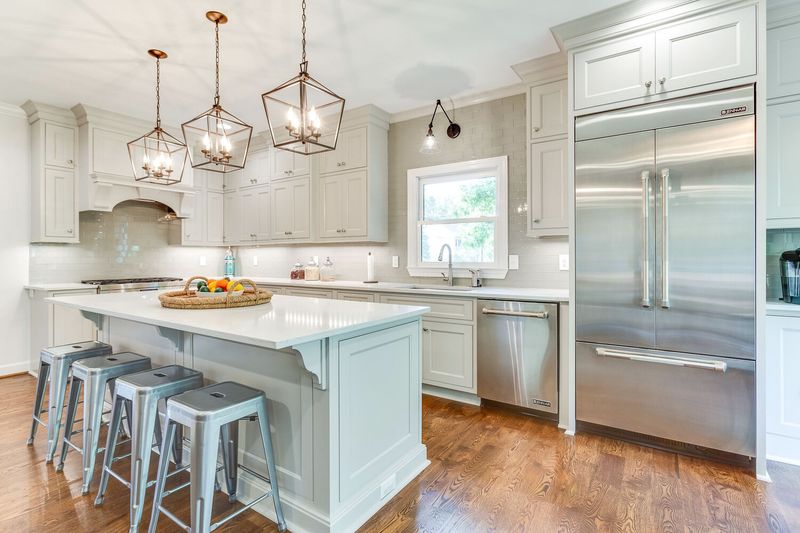
Great kitchen lighting transforms both function and mood. Plan for three essential layers: task lighting under cabinets, ambient lighting for overall illumination, and accent lighting to highlight special features.
Don’t forget dimmer switches! They’re inexpensive to add during renovation but make a dramatic difference in creating the right atmosphere for both cooking marathons and intimate dinners.
9. Maximize Storage Potential
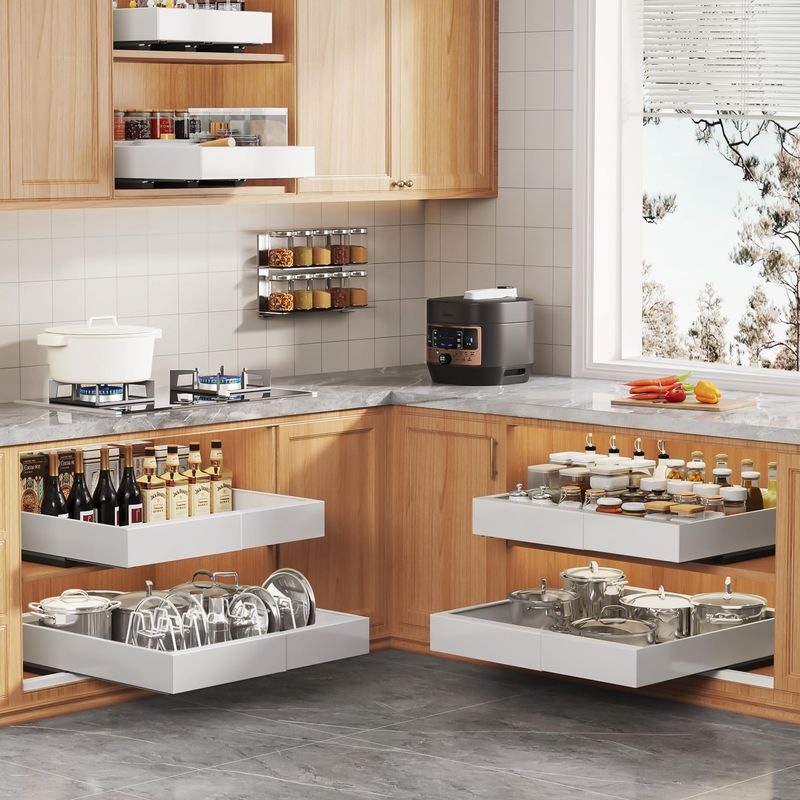
Think beyond standard cabinets to squeeze every storage opportunity from your space. Toe-kick drawers, vertical dividers for baking sheets, and pull-out spice racks make everyday items accessible.
Consider extending cabinets to the ceiling for rarely-used items. Corner cabinets with specialized pull-out systems transform traditionally wasted space into prime storage real estate.
10. Don’t Skimp on Outlets
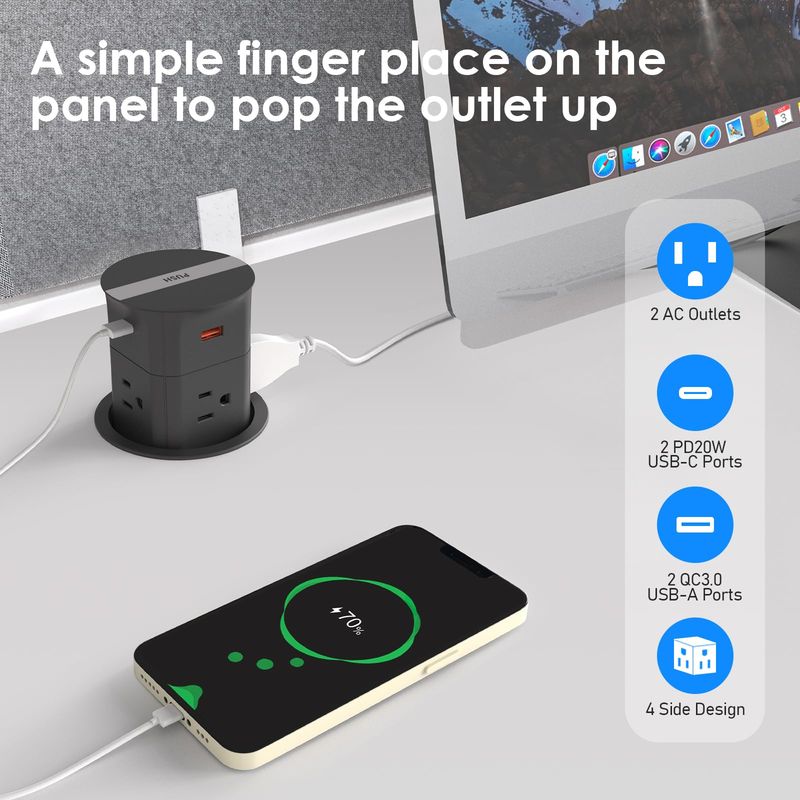
In our gadget-filled world, few things frustrate more than insufficient electrical outlets. Install more than you think necessary, including USB charging ports in convenient locations.
Think about pop-up outlets for islands and countertop charging stations. Proper planning now eliminates dangerous extension cord arrangements and power struggles over limited plugs later.
11. Select Durable Countertops
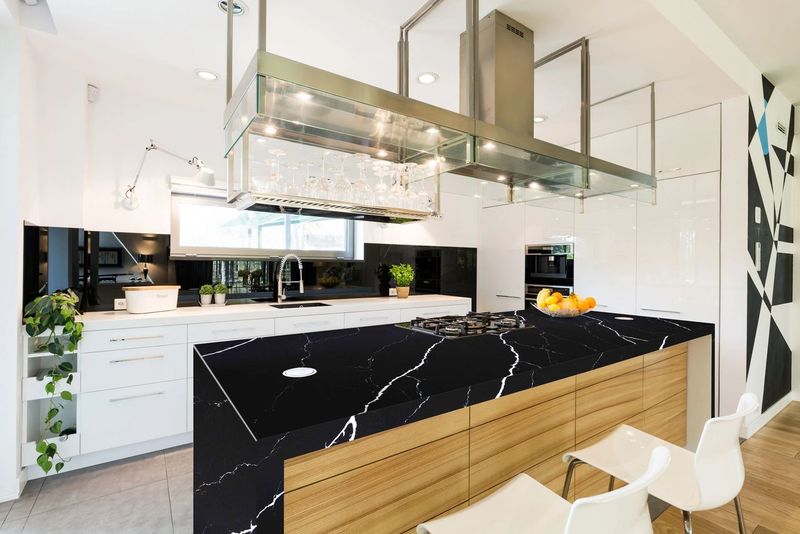
Your beautiful new countertops will face spills, hot pans, knife slips, and countless other abuses. Research material properties beyond just appearance – consider maintenance requirements and durability.
Engineered quartz offers stain resistance without sealing, while butcher block brings warmth but needs regular oiling. Match your countertop material to your actual cooking habits and willingness to maintain it.
12. Plan for Adequate Ventilation

A powerful range hood prevents cooking odors from permeating your entire home. Don’t undersize this crucial element – professional-grade cooking demands professional-grade ventilation.
Ensure your hood vents outside rather than recirculating air through filters. The investment pays dividends in cleaner air, less grease buildup on surfaces, and fewer lingering cooking smells throughout your home.
13. Create a Detailed Timeline
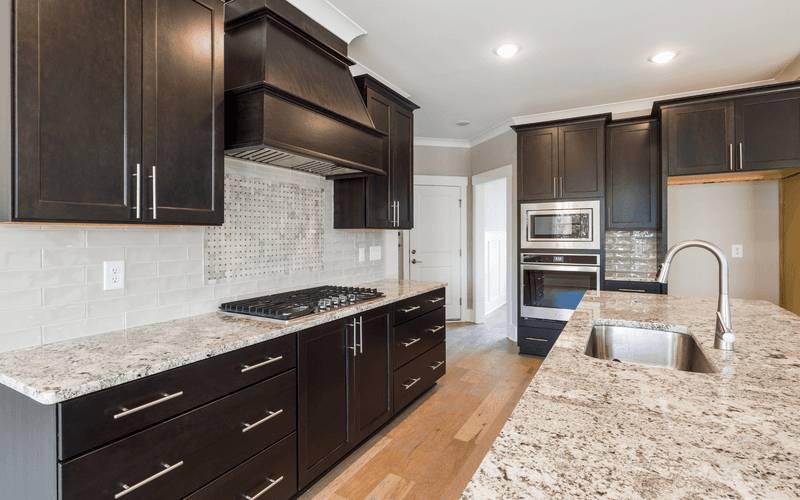
Work with your contractor to develop a realistic project schedule with built-in buffer time. Understanding the sequence of work helps manage expectations and reduces stress when inevitable delays occur.
Request weekly progress updates and address concerns promptly. A shared digital calendar accessible to all parties keeps everyone aligned on delivery dates, inspection schedules, and installation timelines.
14. Consider Flooring Carefully
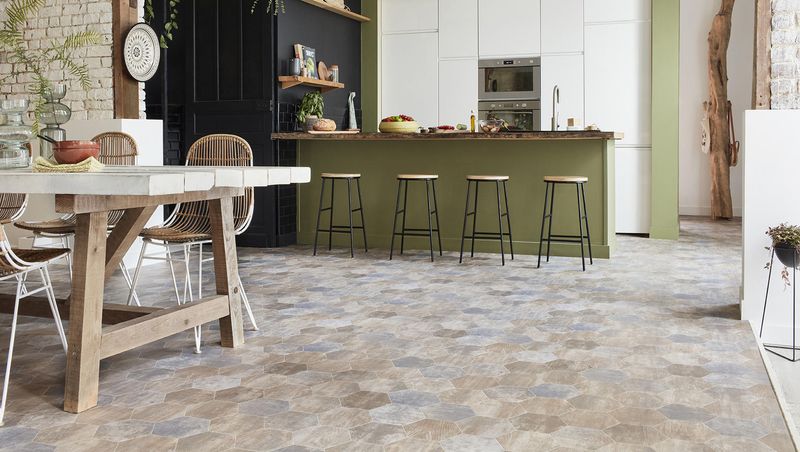
Kitchen floors endure heavy traffic, dropped utensils, and frequent spills. Hardwood offers warmth but may dent and requires maintenance. Porcelain tile provides durability but feels harder underfoot.
Whatever material you choose, ensure it can withstand moisture and cleaning products. Consider installing radiant floor heating during your remodel – it’s much easier to add now than later.
15. Document Everything in Writing

Verbal agreements often lead to misunderstandings and disputes. Insist on detailed written contracts specifying materials, timeline, payment schedule, and what happens if changes become necessary.
Take photos before, during, and after the project. This documentation protects both you and your contractor if questions arise about original conditions or completed work.
16. Prepare for Dust Containment
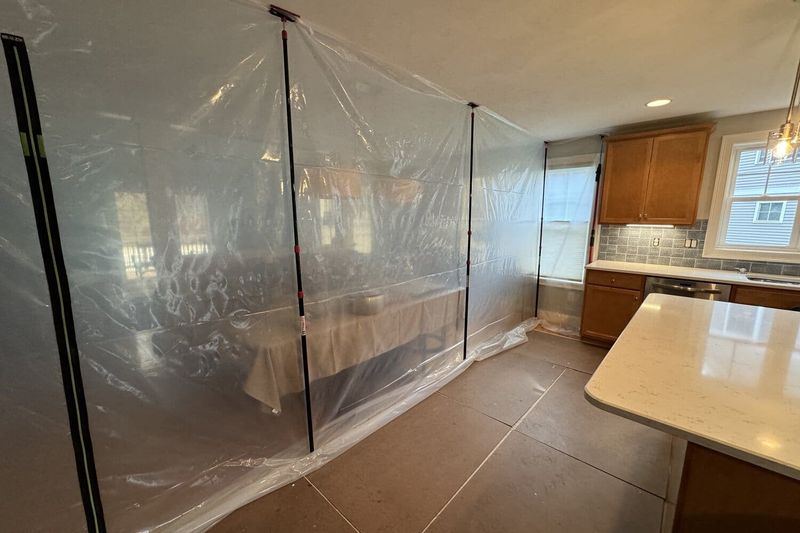
Renovation dust finds its way into every crack and crevice without proper containment. Professional contractors use plastic sheeting and negative air pressure systems to minimize spread.
Cover furniture in adjacent rooms and consider sealing HVAC vents in the construction zone. Change your home’s air filters frequently during renovation to catch particles that inevitably escape containment measures.
17. Don’t Move Plumbing Unless Necessary

Relocating sinks, dishwashers, or gas lines dramatically increases both cost and complexity. Work with existing utility locations whenever possible to stretch your budget further.
If you must move plumbing, consider options that minimize pipe runs. Keeping your sink and dishwasher on the same wall significantly reduces plumbing expenses and potential future maintenance issues.
18. Build in Trash Solutions
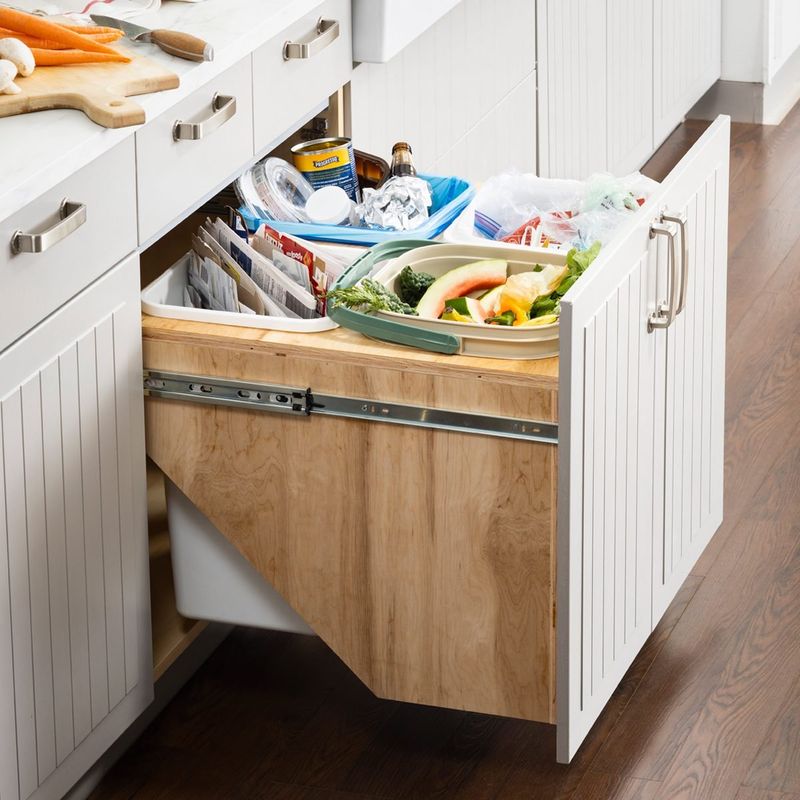
Freestanding garbage cans waste valuable floor space and collect grime around their bases. Integrated pull-out waste systems with separate compartments for trash, recycling, and compost keep everything tidy.
Position these units near food prep areas or the sink for maximum convenience. This small detail makes a surprising difference in daily kitchen functionality and cleanliness.

